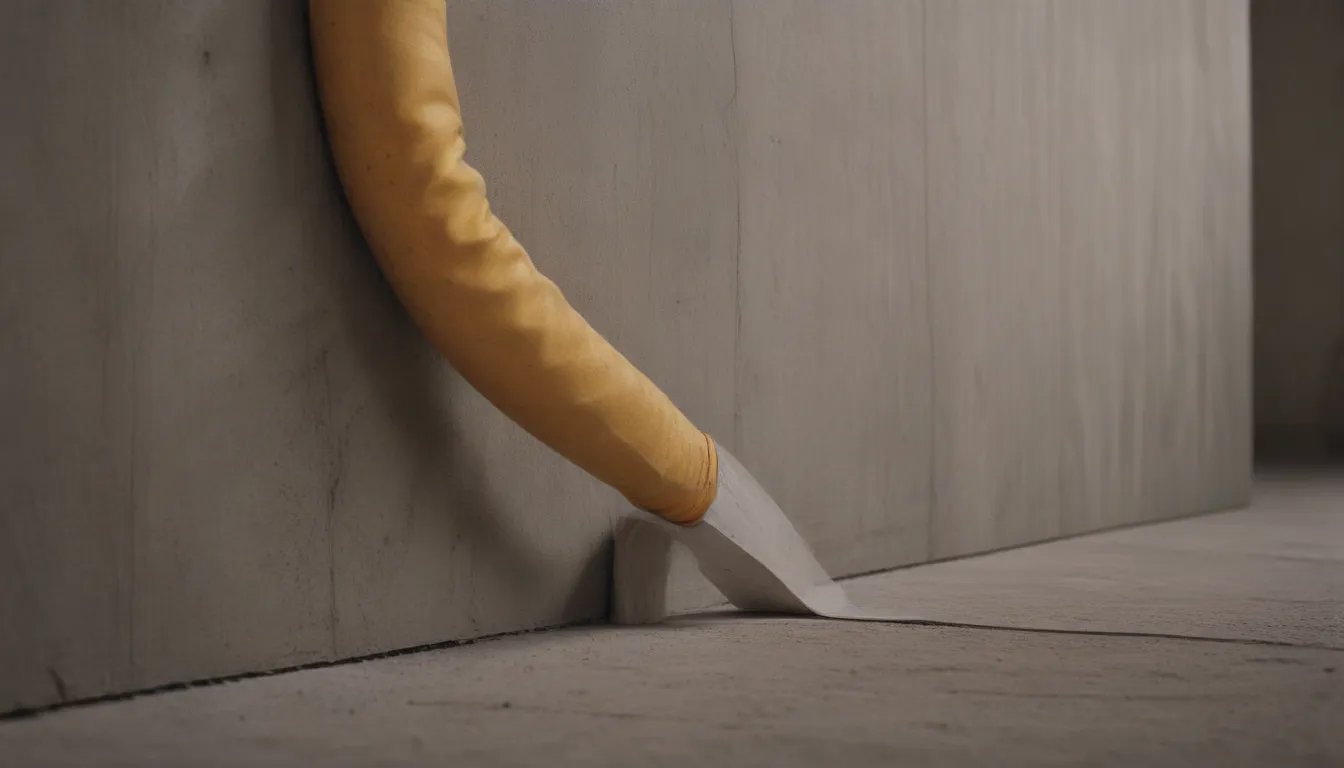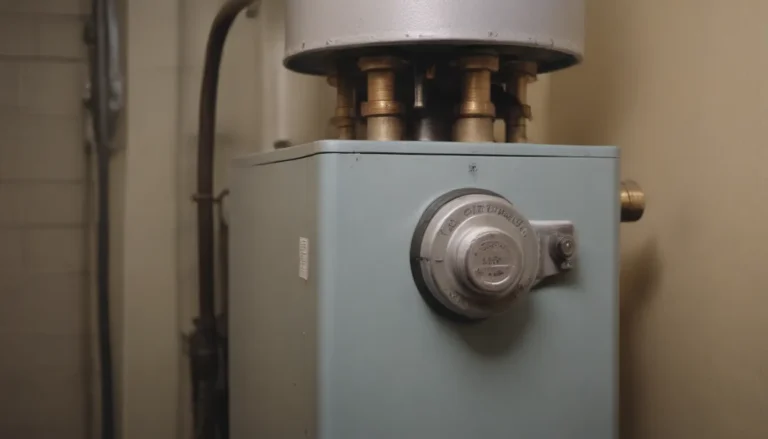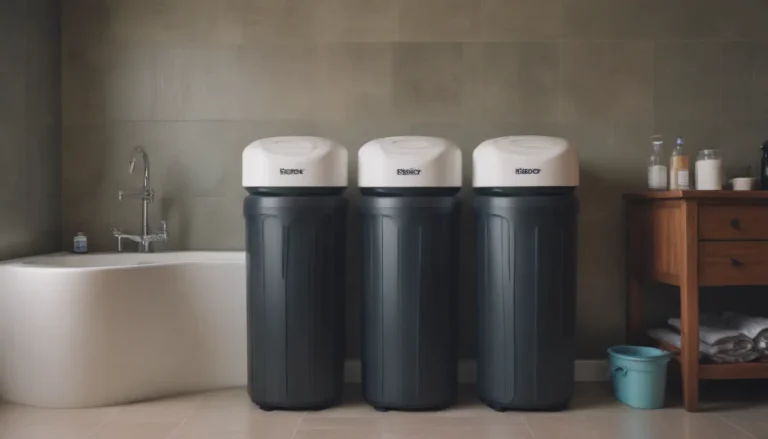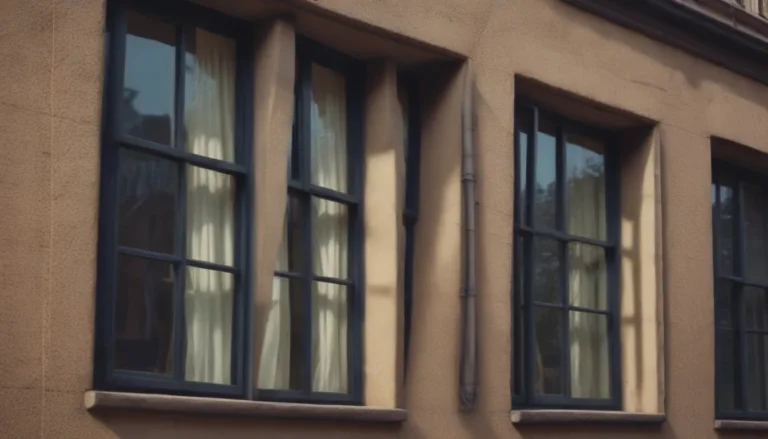The Benefits of Skipping Cement Backer Board and Opting for an Uncoupling Membrane Instead

When it comes to installing ceramic, porcelain, and stone tile, it’s essential to have a solid base that can support the weight without flexing. In situations where the tile is being placed on a flexible wood floor system, materials like cement board are crucial to prevent cracking and damage. However, when you already have a hard and solid masonry base like concrete, the need for cement board becomes a point of contention. Should you install cement backer board on a concrete floor, or is there a better alternative?
Is Cement Backer Board Necessary on a Concrete Floor?
In the debate over whether to use cement backer board on a concrete floor, the consensus among experts is that it is not necessary. The concrete slab itself already provides a cementitious base, making the addition of a cement board layer redundant and potentially damaging to the overall project. If there are issues with the concrete, it is best to address those directly rather than adding another layer on top.
Issues With Using Cement Board on Concrete
Before deciding whether to use cement board on concrete, it’s important to consider the potential drawbacks of this approach:
- Unnecessary: Cement board may not be needed on a concrete substrate.
- Costly: Adding an extra layer of cement board can increase the overall cost of the project.
- Height Issues: Installing cement board on concrete can raise the height of the floor, which may not be ideal in all situations.
- Poor Fix: Cement board may not effectively solve any underlying issues with the concrete.
- Unspecified: Some manufacturers specifically recommend against using cement board on concrete.
Manufacturer Recommendations for Tile Installation
While cement board is a popular choice for tile installation on various surfaces, including wood subfloors and wall studs, some manufacturers explicitly advise against using it on concrete. Here are some guidelines from leading cement board manufacturers:
- James Hardie Industries: HardieBacker: HardieBacker recommends installing their product on minimum 5/8-inch exterior grade plywood or 23/32 OSB with specific deflection criteria for the floor.
- PermaBASE Building Products, LLC: PermaBASE: PermaBASE is designed for use with 5/8-inch tongue-and-groove exterior grade plywood or OSB.
- USG Corporation: Durock: Durock specifies the use of minimum 5/8-inch exterior-grade plywood or OSB over wood or steel framing.
Understanding Deflection Requirements
Deflection requirements, such as L/360 and L/720, are crucial for ensuring the rigidity of the floor. These standards dictate how much the floor can flex over a certain span length, helping to prevent tile damage and cracking.
Tile Professionals’ Recommendations
Tile professionals emphasize the importance of proper surface preparation when installing tile on concrete. While cement board may be a viable option on other surfaces, attaching it to concrete can be challenging and may not provide the desired results. Instead, experts recommend alternatives like uncoupling membranes for a more effective solution.
Installing Uncoupling Membrane Instead of Cement Board
One of the recommended alternatives to using cement board on concrete is installing an uncoupling membrane like Schluter Ditra. These membranes provide a protective layer that prevents cracks in the tile by absorbing minor changes in the concrete without transferring them to the tile above.
By opting for an uncoupling membrane over cement board on concrete, you can enjoy the following benefits:
- Improved Flexibility: Uncoupling membranes allow for more flexibility in the tile installation process.
- Crack Prevention: The membrane helps prevent cracks in the tile by absorbing movement in the concrete.
- Easier Installation: Installing an uncoupling membrane is often easier and more straightforward than cement board.
- Long-Term Durability: Using an uncoupling membrane can enhance the durability of the tile installation over time.
In conclusion, while cement backer board may be a popular choice for tile installation on other surfaces, it is not necessary or recommended for concrete floors. Instead, consider using an uncoupling membrane for a more effective and durable tile installation without the added cost and complexity of cement board. By following manufacturer recommendations and consulting with tile professionals, you can ensure a successful and long-lasting tile project on your concrete floor.





